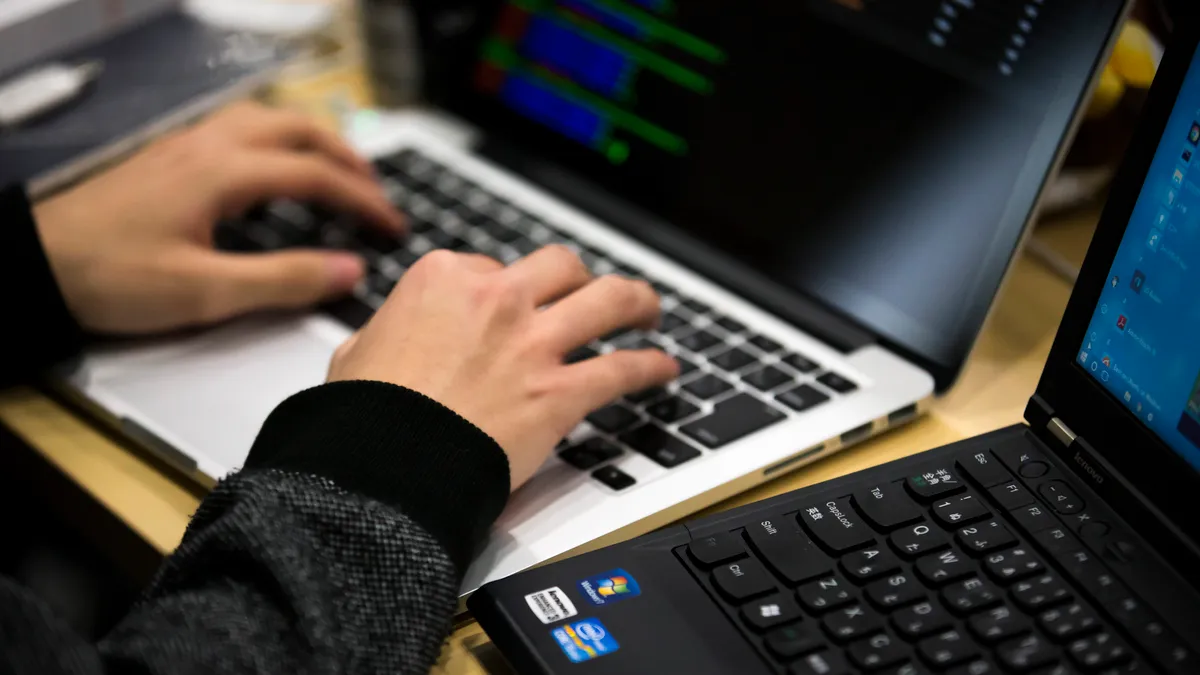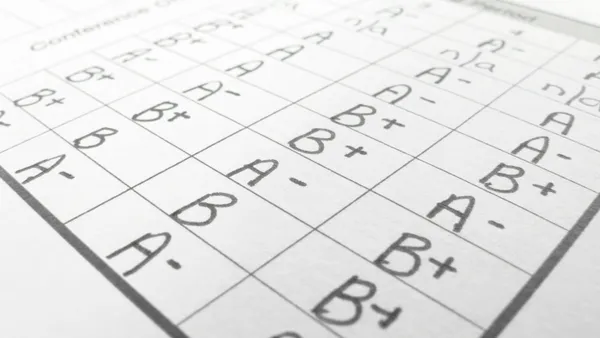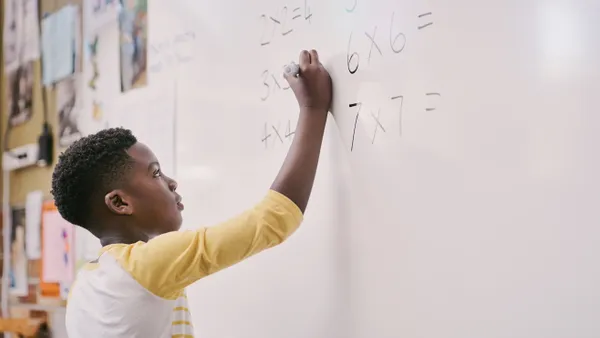Dive Brief:
- Rather than focusing too much on the learning students may have lost during the pandemic, educators can also call attention to positives by having students assess their soft skills and identify areas where they may have grown stronger, high school English teacher Jamie Kobs writes for Edutopia.
- Soft skills students may have acquired in a year of upheaval and distance learning may have ranged from self-motivation to adaptability, especially for students who had to switch often between different modes of learning.
- One task Kobs assigns is having students write as if responding to a question about a challenge they faced, answering by describing a soft skill that improved for them during that time. She further suggests they discuss how that new ability is one that can help them grow as learners.
Dive Insight:
As classes starts to resume, schools may feel pulled to assess students on their academic abilities and where they may have fallen behind due to the pandemic. Instead, educators may want to offer the opportunity to reflect on what they’ve gained, flipping the way students frame the last school year and focusing on other abilities, from social-emotional tools to soft skills such as time management and even self-directed learning that may have been honed.
Teachers can open the door to this option through a variety of ways that can also fit into class-specific lessons and curriculum. Essay writing is one option, which allows students to express their feelings, thoughts and experiences, and also help them further strengthen social-emotional tools like self-awareness and empathy.
A personalized writing assignment, for example, where classes express what they may have learned about themselves and others this past year can be assigned in an English language arts class or even a social studies course when linked to past experiences like this recent year.
Teachers may want to instead offer students the option of creating a digital portfolio, perhaps for a science class, providing the additional opportunity to show off new tech skills they’ve developed while immersed in a year of virtual learning spaces. In sharing these projects and new skill sets with peers, students are also better able to reconnect and engage with their classmates, which can also help to reacclimate and reengage them in the classroom.
By sharing these new strengths with each other, students also have the opportunity to rebuild their peer community, crucial for many learners who experienced isolation in the past year, or for those who may have disappeared or disconnected completely from school.








 Dive Awards
Dive Awards






